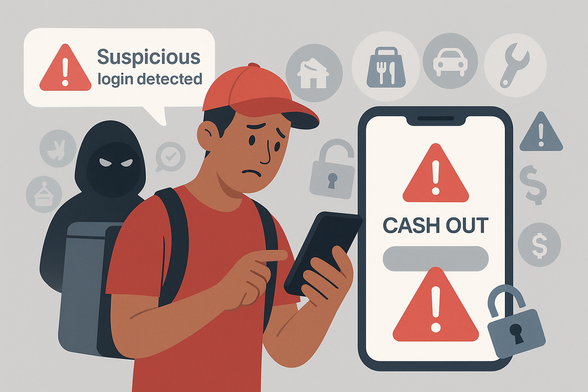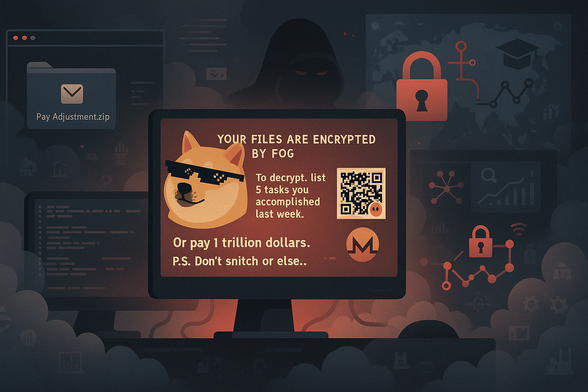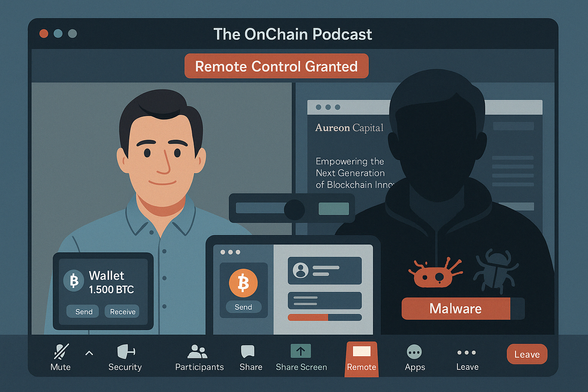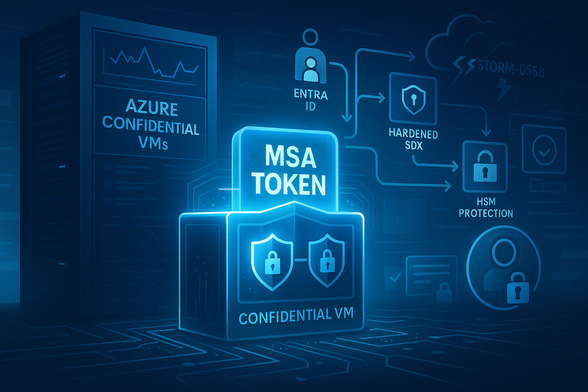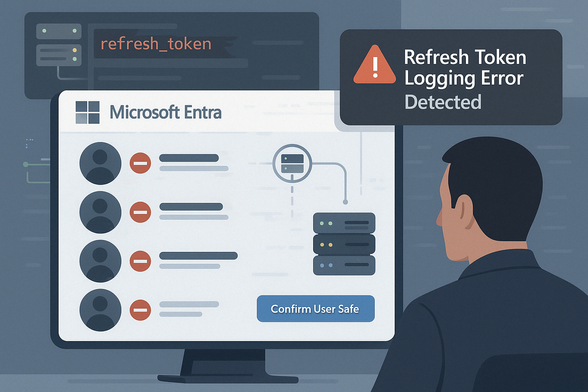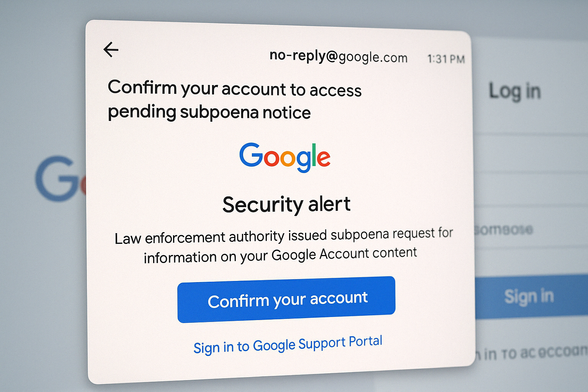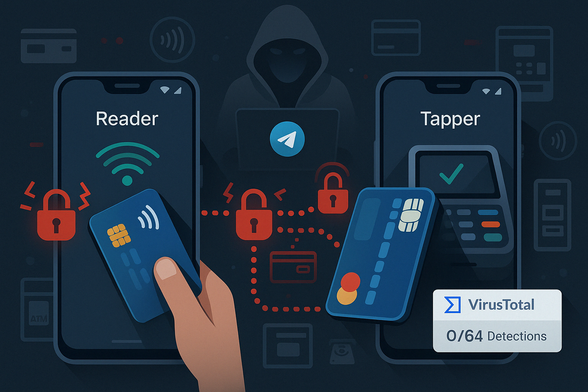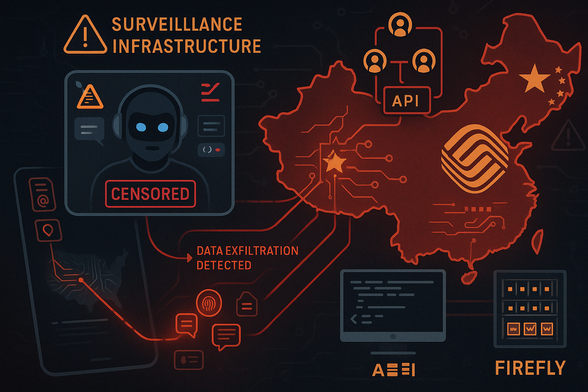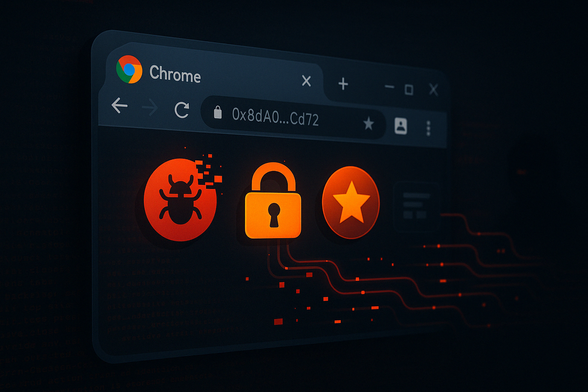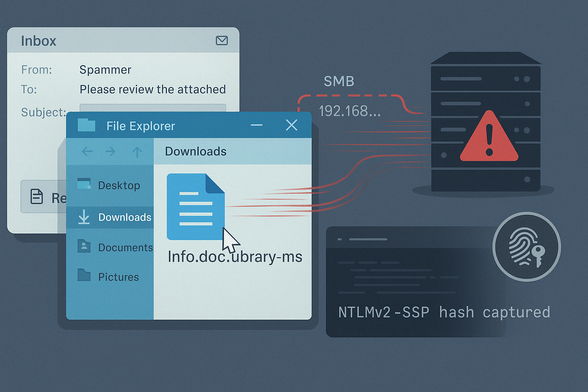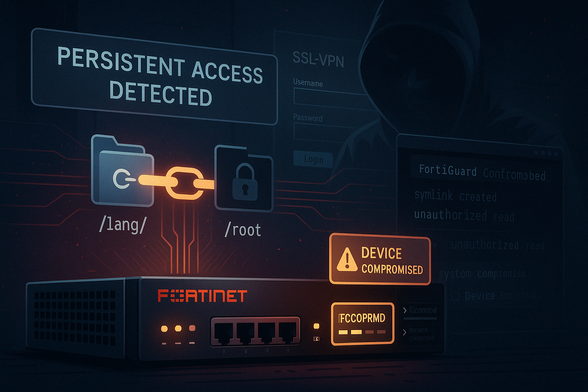🚨 Gig platforms like Grubhub, Uber, and DoorDash are becoming prime targets for cybercriminals — and gig workers are paying the price.
In February, Grubhub confirmed a data breach exposing customer names, contact info, hashed passwords, and even partial payment data. The breach stemmed from a vulnerability in a third-party vendor.
But this incident highlights a much bigger threat: gig worker platforms are increasingly vulnerable to account takeovers and fraud.
Why are threat actors targeting the gig economy?
- High turnover = less consistent security hygiene
- Users access platforms from multiple personal devices
- Instant payouts make stolen accounts more lucrative
- Contractors rarely receive cybersecurity training
Research from TransUnion shows:
- 34% of gig platform users experienced fraud in 2024 (up from 23% in 2023)
- 75% would switch platforms or stop using an app if they were victimized
- Users want identity protection, fraud monitoring, and stronger safeguards
Experts say stronger defenses are needed, including:
- Mandatory MFA (even SMS-based as a starting point)
- Password manager adoption and secure reset flows
- Monitoring for demographic or device changes on accounts
- Detecting unusual activity with behavioral biometrics (keystrokes, hotkeys, VPN use)
Gig workers' ability to cash out earnings quickly — multiple times a day — makes their accounts especially attractive for attackers. And with payouts hitting $20B in a single quarter at Uber, the stakes are only getting higher.
Cybersecurity teams must go beyond reactive fraud handling. By monitoring login patterns, using behavioral analytics, and enforcing minimum controls, they can disrupt account hijacking attempts before money disappears.
